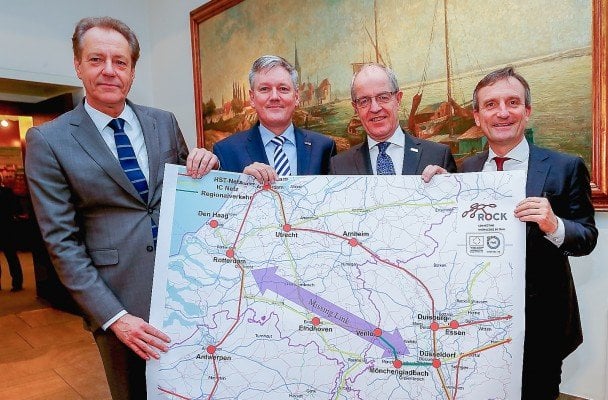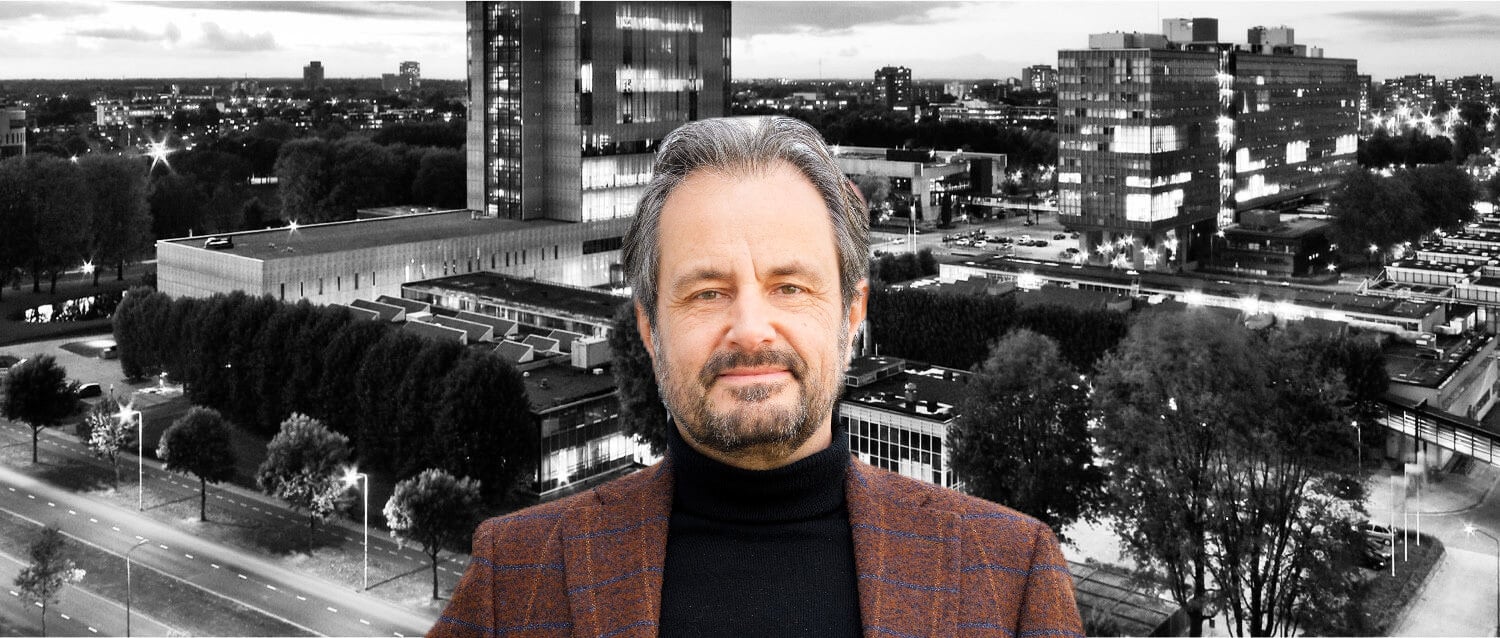
Tomorrow is good.
 In a weekly column, alternately written by Lucien Engelen, Maarten Steinbuch, Carlo van de Weijer and Daan Kersten, E52 tries to find out what the future will look like. All four contributors are – in addition to their ‘normal’ groundbreaking work – linked to the SingularityU The Netherlands, the organization that focuses on spreading knowledge about technologies that can provide solutions to the problems of our time. This Sunday, it’s Carlo van de Weijer‘s turn.
In a weekly column, alternately written by Lucien Engelen, Maarten Steinbuch, Carlo van de Weijer and Daan Kersten, E52 tries to find out what the future will look like. All four contributors are – in addition to their ‘normal’ groundbreaking work – linked to the SingularityU The Netherlands, the organization that focuses on spreading knowledge about technologies that can provide solutions to the problems of our time. This Sunday, it’s Carlo van de Weijer‘s turn.
By Carlo van de Weijer
A while back it was suggested to build a high-speed train connection between Dusseldorf and Eindhoven. Cost Estimate €10 billion. I once checked with an expert how many people would use it in, say, the 50 years amortization period. “Somewhere between 2 million (negative estimate) to 20 million (positive estimation) single journeys”, I got back. That would make 50 to 500 euros per ticket for the investment, excluding operational costs.
“A train not only runs on noise making, inflexible, failure-prone rails, but also on religious arguments.”
I love to travel by train, no doubt about that. But regularly I have questioned why we in the Netherlands are investing billions in transport to offer the more affluent people to travel further than they would do otherwise. VDL could build a better, cheaper, faster and more reliable system for mass transport with a couple of electric buses. But I doubt that they will ever get the opportunity, because a train not only runs on noise making, inflexible, failure-prone rails, but also on religious arguments. “A prosperous country has a beautiful train system” and “people just love trains”, that category.
Parallel to the high speed arguments, the religious arguments are also thrown in your face at high speed. Trains would be the only way to dampen the rapid increase in air traffic. However, this is only for distances below 500 km, is the general view. And this happens to represent only 5% of the worldwide kilometers flown. And with an almost unstoppable growth of air traffic, this would therefore be a very expensive drop in the ocean.
But the funniest argument for high speed trains came from a train consultant. He seriously said “but in Spain they can’t be that crazy?” Because indeed, a huge investment in high-speed trains has been made in Spain over the last decades.
“It would have been cheaper to transport all the people who have used the Spanish high-speed train in those 25 years with a helicopter, for free.”
Of course I did some research and this is my conclusion: yes, in Spain they are crazy. Spain has built more than 3,000 kilometers of high-speed railway in the last 25 years, passing countries like Japan and France in high speed. And all of this partly financed by European funds for regional development. To illustrate: It would have been cheaper to transport all the people who have used the Spanish high-speed train in those 25 years with a helicopter, for free. Ok, this would not have been a good plan, but only just to make a point. In fact, it’s even worse: the hardly quantifiable economic promise for the underdeveloped regions connected by the high-speed line with, for example, Madrid turns out to be completely false. Contrary, it appears that all economic activity has flowed in the other direction.
“In about 25-30 years we will make fuel from electricity, not vice versa.”
So please let go of that dream. Or even better, let it fly. At the Technical University of Eindhoven, we work hard on finding a sustainable, circular fuel. My prediction: in about 25-30 years we will make fuel from electricity, not vice versa. A fuel that absorbs just as much CO2 as it produces during combustion. This can help any vehicle that isn’t able to drive electrically, trucks, boats and planes included.
I have spent last week in Silicon Valley, where the discussion on a high speed train between LA and San Francisco has raged for decades already. But like always in the Valley, the counter arguments come from the high tech corner. A Hyperloop, once initiated by Elon Musk, would be able to do it better and cheaper. Knowing that one of the fundamental problems of rail is that it is too inflexible to adapt to a future that just requires increasing flexibility, it is a very interesting and challenging step in the completely wrong direction. Let alone all the technical barriers… Just watch this and shudder:
But hey, I would be completely happy if someone would convince me to be wrong. Because even though, unfortunately, it doesn’t work the other way: the breakthrough of tomorrow is yesterday’s stupid idea.

